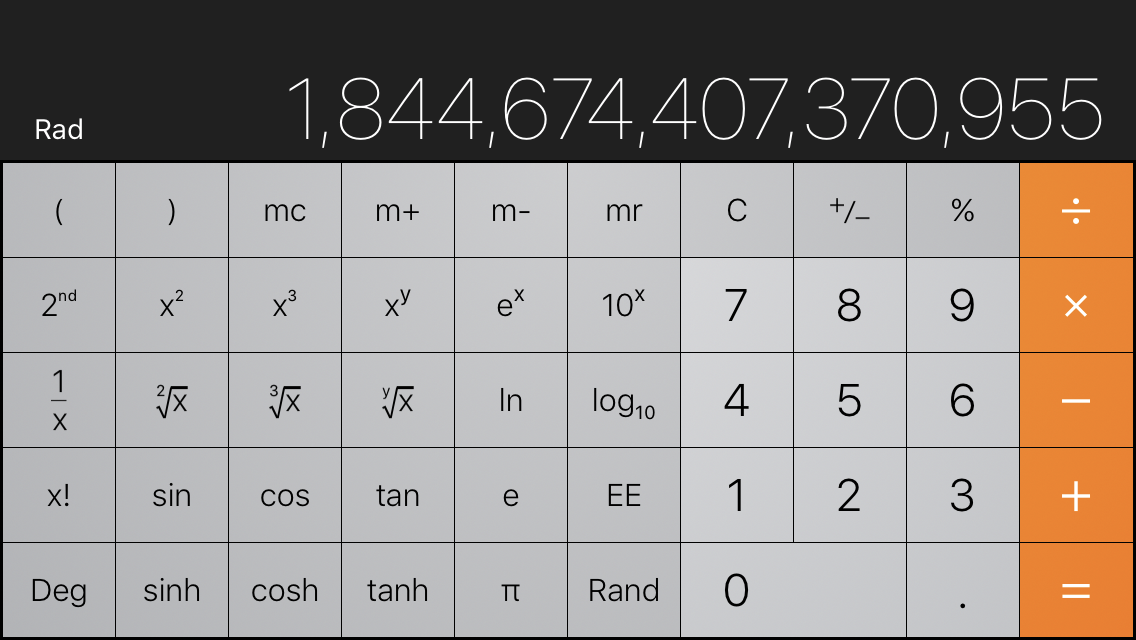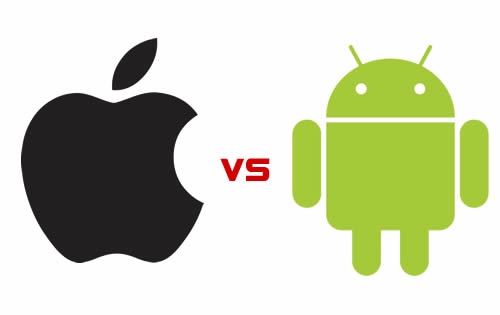World Password Day brings attention to some simple steps everyone can take to secure their digital life: 1. Create Strong Passwords, 2. Use a different password for each account, and 3. Get a password manager, no, not a post-it note in your desk drawer!
The best password is one that is diffcult to guess. But difficult to guess takes on a new meaning when hackers use computers to do the guessing. Hence, the best password becomes one that would take a computer so long to guess that it’s not practical to do so. That means a long series of random characters and the longer and more random, the better, and a different password for every site you use.
Comments closed


